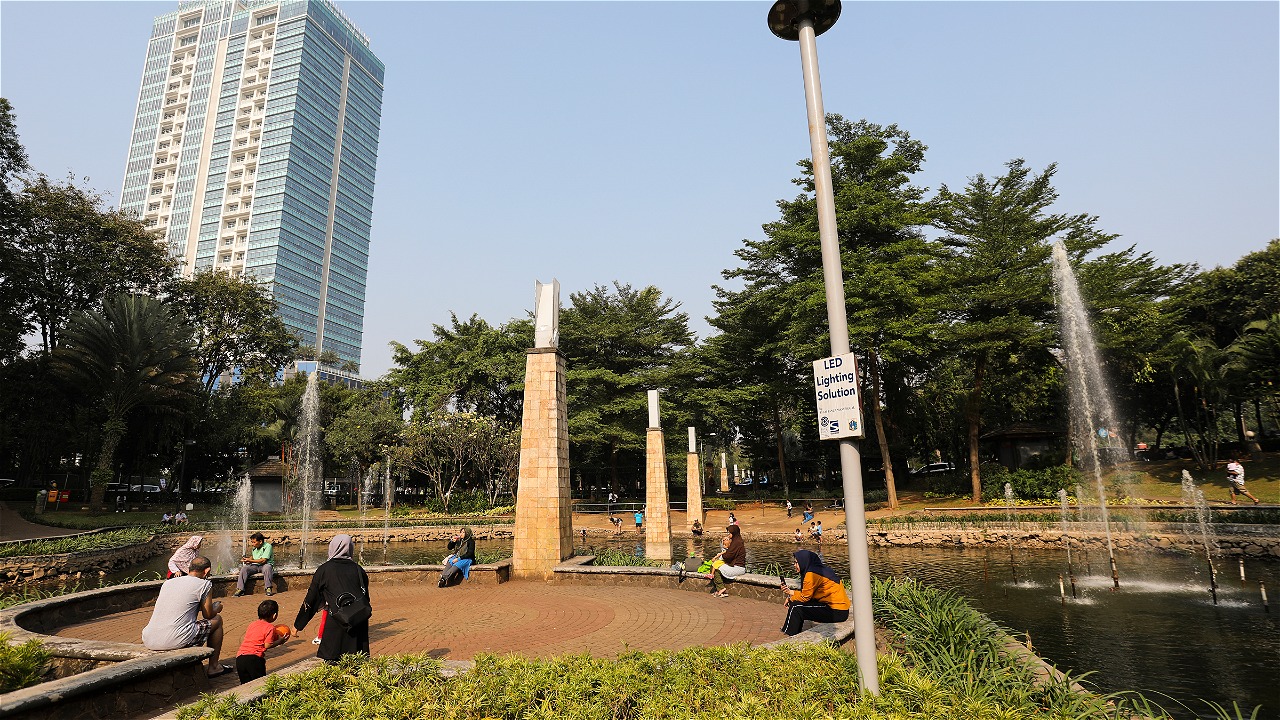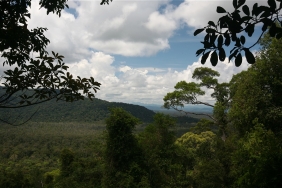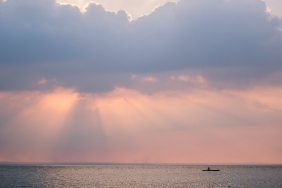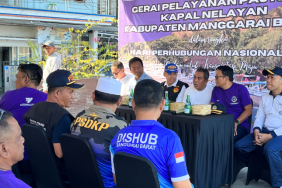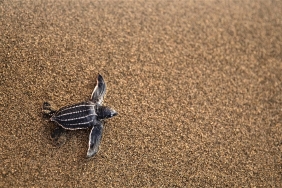WWF-INDONESIA F2F FUNDRAISER TEAM VISITS SANGGA BUANA URBAN FOREST
By: Diny Octaviani (Fundraiser WWF-Indonesia)
As the capital city of the country, Jakarta is a bustling city with skyscrapers, busy traffic activities, and a dense population. You can imagine how little space there is to share with each other, including sharing with nature. However, who would have thought, on the other side of the city of Jakarta, precisely in the Lebak Bulus area, South Jakarta, there is an Urban Forest which covers an area of 120 hectares, covering the areas of South Jakarta, Depok, and South Tangerang.
The urban forest is called Sangga Buana. What was once a garbage dump has been transformed into a cool conservation area with a myriad of benefits. Seeing this specialty, WWF-Indonesia's F2F Fundraiser conducted capacity building in Sangga Buana Urban Forest on Monday (23/01). We were able to directly see a picture of an environmental conservation process, especially about waste management.
H. Chaerudin or familiarly called Babe Idin, as the initiator and manager of the Sangga Buana Urban Forest, openly invited us to explore the conservation area. On several occasions, Babe Idin told many stories about the journey of structuring the area since 27 years ago. He told us that the area was originally a collection of garbage from Bogor, Tangerang, Jakarta, and Cirebon, which could reach 20 trucks a day.
Babe Idin's frustration about waste management in Jakarta became his reference and motivation to do something about the surrounding environment. He also built an area through wisdom management, which is doing conservation that is not just producing clear water or green forests, but furthermore, namely how to do "Enterpreuneur Conservation".
Babe Idin hopes that the F2F Fundraiser WWF-Indonesia team's capacity building activities can open an understanding for us on how a "champion mentality" can be formed from nature (read: associating with waste). The activity began by exploring how the region's water filtering process is carried out. First, wastewater is collected in a pond and then filtered. The filtering process is done by planting more bamboo trees in order to minimize environmental problems. Because from the results of his research, bamboo is useful as a soil neutralizer.
We also took part in spreading fish seeds. The type of fish spread into the river is tilapia. We prayed that the fish would benefit the river, nature, and the surrounding community in the future. Not far from the filtered river, we were invited to explore the garden where cassava, papaya, and banana are planted. On the sidelines of the opportunity, we also planted buni trees.
This area is routinely used to spread fish seeds, plant trees and tawasulan (sending prayers to the ancestors -Red). Because basically the concept of this area is not for commercial use, but can be utilized by the surrounding community for fisheries and agriculture. Several bird nests were seen in Sangga Buana Forest. Some of them are endemic birds.
There is a very interesting view after passing through the long river flow with lush trees. Guided by Babe Idin, we climbed a bridge that took us to an elite residential area. As far as the eye could see, we saw rows of large houses standing firmly, not forgetting the swimming pool area and modern soccer field. Yes, the area is still included in the Sangga Buana area.
This is the concept of "Enterpreneur Conservation" that Babe Idin is promoting. By equalizing perceptions, Sangga Buana can collaborate with developers without leaving the conservation corridor. Making elite and natural areas can coexist and harmonize. A miniature botanical garden will also be built in the area, which is planned to be planted with kecapi, breadfruit, jamblang, and other endemic plants. In the end, Pesanggrahan River will have three functions, namely conservation, ecological tourism, and educational areas.
In accordance with the initial purpose of our visit to Hutan Sangga Buana, namely waste management, we were then invited by Babe Idin to become conservation actors by plunging directly into the sea of garbage. There we learned to select, separate, and process waste until it finally became residual ash.
There are several processing flows of plastic waste in the Sangga Buana area, including plastic waste selected into A, B, and C waste and then fermented using lime. The fermentation results are then burned in a 200 ° C fire for 24 hours which will then produce residual ash. The ash can be used as firebricks, while the steam can be used as LPG and even a source of electricity.
The capacity building activity of WWF-Indonesia's F2F Fundraiser team was closed with a theater performance, singing, and a group photo. This activity was also attended by the Contact Center team and Jakarta hub office staff. They were very enthusiastic to gain more knowledge about conservation. This activity is expected to open the understanding of many parties in viewing a conservation effort. That nature conservation does not have to collide with the progress of society, but how to find solutions together through wisdom management so that all can live in harmony, togetherness, and even side by side. "Whatever we will or have done to nature, the point is that this nature is not an inheritance from our ancestors, but a gift from our children and grandchildren," said Babe Idin.

